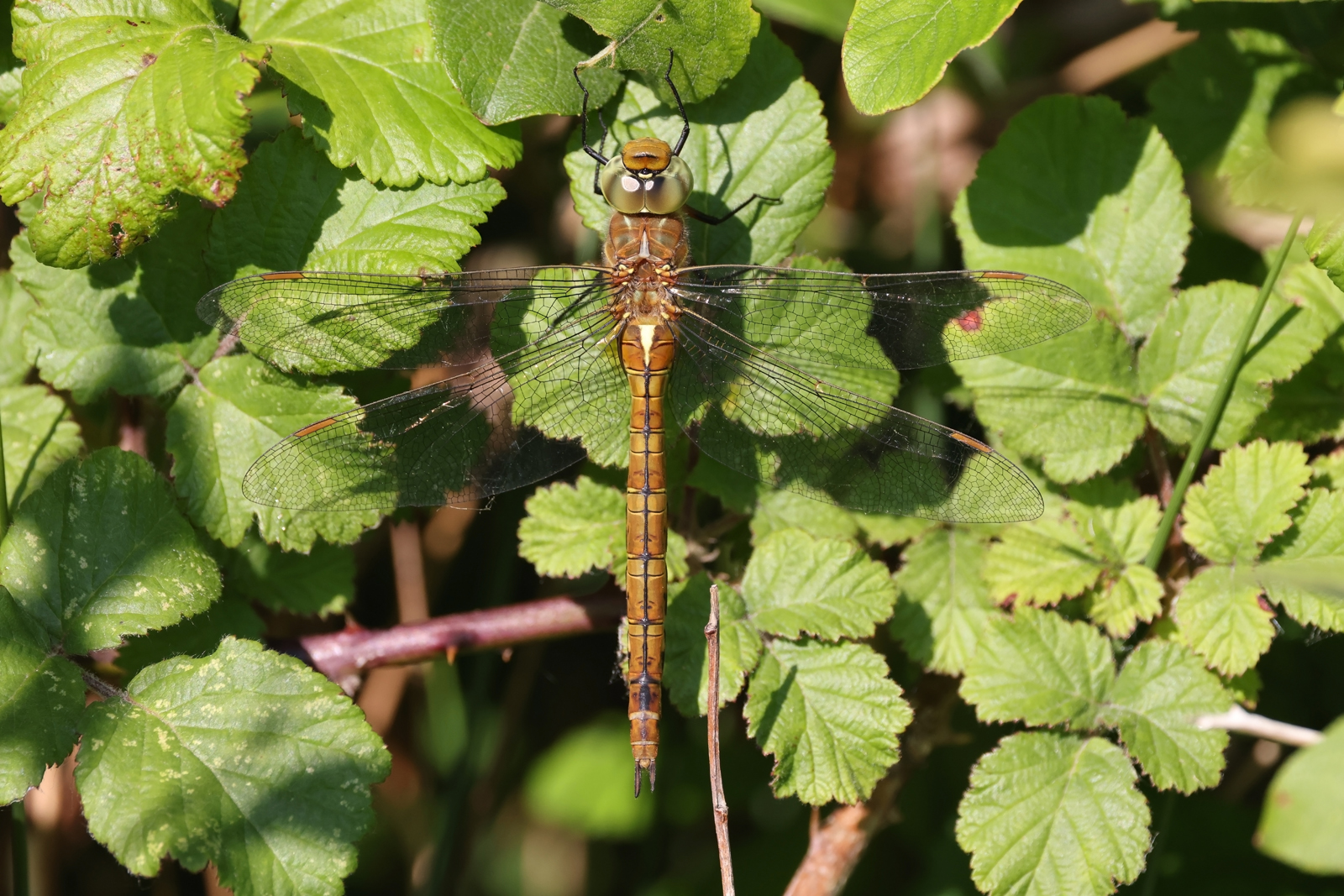Pair of Pochard from Hanson Hide
A nasty day on the peninsula, with a strong cool westerly wind and occasional drizzle making it feel like March. I made several visits to Hanson Hide but was unable to find the Ring-necked Duck, a few Swallows, House Martins and even a couple of Swifts were over the lake this morning. Pochard numbers are building, 4 Black-tailed Godwits were feeding on the islands that will soon be exposed along as no heavy rain falls, a Cuckoo was calling half heartedly. It wasn't till late afternoon that the sun broke through and 2 Hobby's appeared along with a few Dragonflys, the undoubted highlight was watching a family of Long-tailed Tits for 15 minutes feasting on Aphids, sunning themselves and preening.Long-tailed Tits feasting on Aphids
These images of the Firth Viewpoint were taken on warm sunny day, not many visitors using it!
I did go down to Burrowes and walk up to the Firth viewpoint, I am trying to reconcile myself to the viewpoint, but on a cold windy day like today it offered absolutely no protection from the elements, so after counting 19 Curlew and 2 Bar-tailed Godwits I went back to the comfort of Dennis's Hide. As seems to be the case most days there were very few cars in the car park, so few visitors, even this bank holiday weekend there were few cars in the car park.
There are a few of these scattered around the reserve,
Necter and Nectar! obviously no spellcheck😀
Might want to change this Tern image to something visitors will see, a Herring Gull perhaps!
I know this fence at Makepiece is temporary, the 2 empty frames held the plans for the replacement hide, the North East wind the other day blew them out, so you can imagine what it would have been like trying to use Firth Viewpoint, Impossible. 

















































